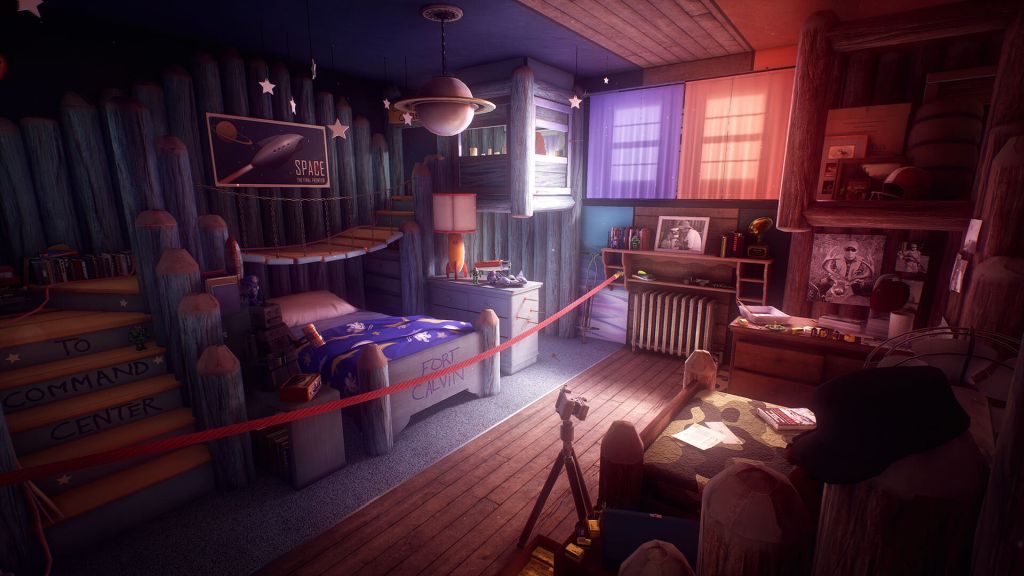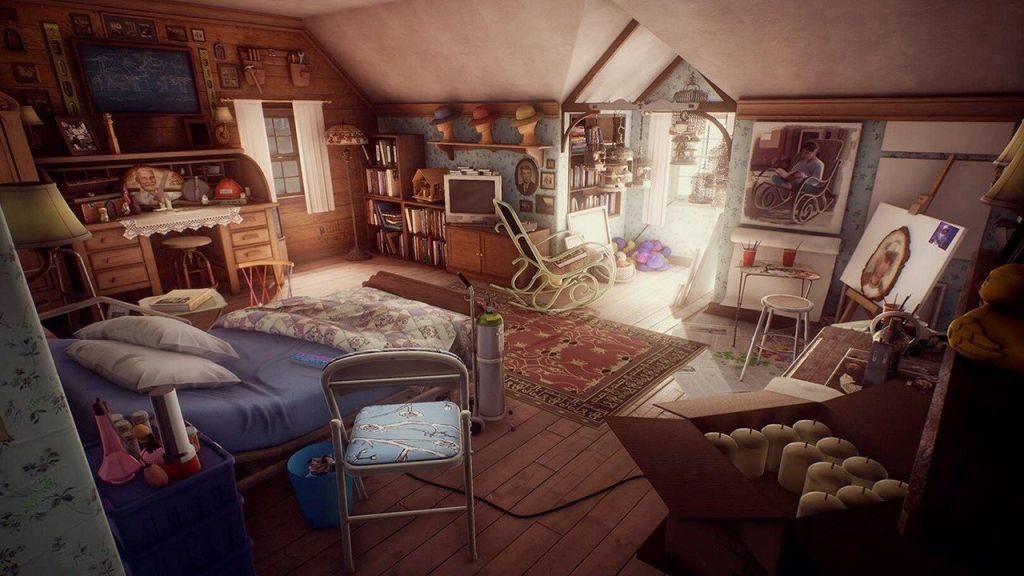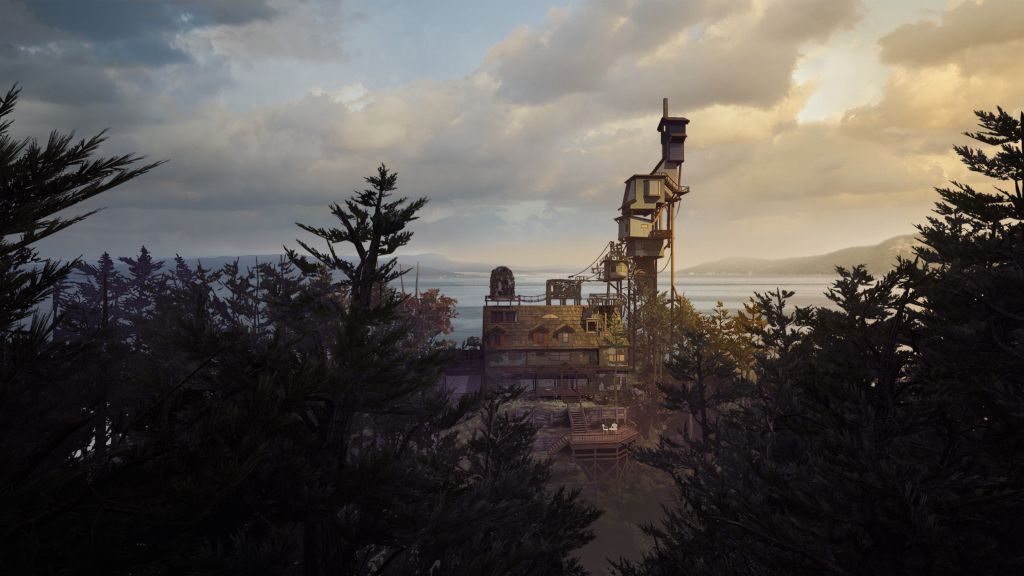PlayStation Paradigm is a new weekly column, intended as a series of editorial reflections on the many worlds of Sony PlayStation. Any opinions expressed in PlayStation Paradigm are solely those of the author.
Join us every Saturday for a new entry in the weekly series.

In video games, death typically feels cheap. Recently, after completing a playthrough of Far Cry: New Dawn, I received an email from Ubisoft informing me that I had killed 859 people in the game, including 138 headshots. I’m not sure how I feel about that. Pride, I guess? Tinged with a bit of horror, maybe? Slightly numb to the fact that I ran around in a virtual world, casually killing almost 1,000 digital people, and my murderous acts barely register in my mind beyond “an entertaining afternoon”?
But in my personal day-to-day life, things are not so casual this year. 2019 has so far been “the year that everybody dies”. And that real life death feels entirely different from the virtual version.
“The year that everybody dies” might sound dramatic (and I’m deeply hoping that things slow down), but it is my perception this year. I will spare readers a litany of all of the people around me who have literally dropped dead. But the recent constancy of death in my life has become almost reliable, and I am running at around 500% above my usual funeral quota. I’ve lost immediate relatives, in-laws, and old friends. And Carol Channing, of course. Mustn’t forget Carol Channing.
It is a cold fact of life that everybody dies, but the rapid-fire pace of people expiring around me has left me reeling a little bit, to the point where every time my phone rings the first thought that enters my head is “I wonder who died.” And that’s why I feel like I was perfectly primed for What Remains of Edith Finch to sucker-punch my soul.
I’ve been meaning to play Edith Finch since it released two years ago, but somehow it kept getting bumped by sexier, more murder-and-bullet oriented fare. When I noticed the game on sale on the PlayStation Store on a quiet afternoon this week, I shrugged and clicked the Purchase button. It was a snowy day, and I was in the mood for something more contemplative.
For the next two hours, I was utterly entranced by the incredible worlds presented by developer Giant Sparrow. Unexpectedly, I was pulled underwater by this game, seemingly forced to hold my breath and finish Edith’s story before I could surface. I had of course heard that What Remains of Edith Finch is an incredible game, but I was unprepared for just how engaging and ground-breaking the game is.

Spoilers from here on out:
What Remains of Edith Finch follows the titular character, a seventeen-year-old woman, as she returns to her childhood home. One night years ago, Edith and her family left the house behind, closing it up behind them. Edith is the first person to enter the house since that night, and finds that it has been perfectly preserved, hermetically sealed since her family’s departure.
Much of the game’s play consists of Edith moving from room to room of the Finch home, reflecting on the people that lived in each unique space, and learning the stories of their ultimate fates. The Finches were a family notorious for their bad luck, and the fact that Edith is the last of the Finches reveals that many of these “ultimate fates” were less than pleasant.
Yet, this is not a horror game, nor is it morbid. Instead, What Remains of Edith Finch finds ways to be reverent, even joyous in its reflection on the passing of the various Finch family members. Each family member is given their own vignette, with its own often playful visual style and mechanics. Individually, these short gaming stories convey a variety of tones, but collectively they are emotionally overwhelming.

As a game critic, I am very aware of my emotional reactions while playing games. It’s part of the job to be open to the experience of playing a game, then acknowledging and sharing these feelings with readers. Normally, these feelings tend to range between “annoyance” and “satisfaction”. Sometimes, “amusement” and “engagement” are applicable, and very occasionally “wonder” or “astonishment” show up.
But playing Edith Finch is the first time that a video game actually had me reflecting on the nature of life, death, and the thin line between them on something deeper than a cursory level.
While I sometimes become deeply involved with a game’s narrative, the feelings that interactive entertainment inspires are less immediate than the visceral response that I have while engaging with other visual media (watching a film, for instance). I simply use a different emotional toolbox while playing games, so I was utterly unprepared when Edith Finch started to unlock feelings of loss and vulnerability within me.

It is tough for video games to mix a narrative structure with the tiny repeated endorphin rush that keeps many players returning to a game. What Remains of Edith Finch succeeds by setting such “game-y” concerns aside completely. By eschewing almost all game mechanics (aside from exploration), Edith Finch puts the story front and center. The story itself is the impetus to continue, and the narrative resolution at the end of the game is the reward.
By asking me to slowly wander through the Finch home, which is presented with a fine level of realistic detail, What Remains of Edith Finch created in me a feeling of mournful nostalgia unlike any I’ve encountered in gaming. Perhaps I’ve spent too much time lately in the houses of the recently deceased, but Edith’s lonely tour of her childhood family home resonated with me on a very deep level. I was compelled to see the game through to the end. I needed to see the resolution (though when it came, I was utterly unprepared for it).
Exploring the spaces left behind by the Finches filled me with a feeling of almost unbearable sweetness; not saccharine, but something deep and aching. By allowing players to experience each family member when they were alive, the developers have created characters that are more tangible as real people, making their deaths that much more resonant.
With so many fresh wounds of my own, I found myself caught up in What Remains of Edith Finch’s quiet celebration of the Finch family, reminded that there are emotions beyond mourning to be experienced when considering our dead. Though people die, the vibrance they showed in life echoes on in unexpected ways. And the spaces left behind by the deceased can sometimes be a comfort to the people that mourn them.

By the time What Remains of Edith Finch ended, I was left drained, staring at the credits with a mixture of wonder and exhaustion. That a game this small packs such a narrative punch is nothing short of astounding. I felt awe at the burst of creativity this game displays, and shock that a videogame actually punched through my shell of emotional indifference.
Many people in my life have died this year. Beyond writing this article, it is something that I try not to dwell on. But regardless of whether I want to consciously acknowledge it, the repeated blows of 2019 have been weighing on me.
Experiencing Edith Finch cathartically allowed me to be remember that I am part of the shared human experience. This game reminded me that I am not alone, and reassured me that everyone experiences times like this in their lives.
A quiet emotional epiphany was not what I was expecting when I shrugged and clicked the “Purchase” button on a snowy afternoon. But through some silent providence, What Remains of Edith Finch was there when I needed it, the right game at the right time, and a video game brought me unanticipated comfort during a difficult time in my life.
Note: Other members of the PlayStation Universe team have also been impacted by What Remains of Edith Finch. Check out some our personal stories:
